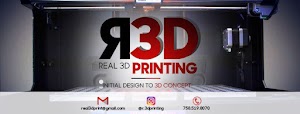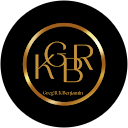F.A.Q
Welcome to our Frequently Asked Questions (FAQ) section, where you’ll find answers to common inquiries about our 3D printing services. Whether you’re curious about how 3D printing works, the materials we offer, project timelines, or other aspects of our service, you’ll find valuable information here. Explore the questions below to learn more about how we can assist you with your 3D printing needs.
3D printing creates objects layer by layer from a digital 3D model by adding material, such as plastic or metal until the final object is formed.
We currently offer Fused Deposition Modeling (FDM).
We offer a range of materials, such as PLA, ABS, nylon and a few other plastics.
We can assist with design, or you can provide your own 3D model.
We accept common formats like STL, OBJ, and STEP.
The time varies depending on complexity, size, and materials but can range from hours to several days.
Material type, object size, complexity, and quantity all impact the cost.
Yes, we specialize in rapid prototyping to help you refine your designs.
Yes, we can accommodate large production orders.
Our maximum build volume is 1 cubic ft.
Yes, we offer multi-material and multi-color 3D printing options.
Yes, we can provide services like sanding, painting, and assembly to enhance the final product.
We can provide design guidelines and advice to ensure successful prints.
Yes, we offer prototype services for testing and validation.
We prioritize protecting your intellectual property and can sign non-disclosure agreements (NDAs).
We work closely with clients to accommodate revisions as needed.
Shipping costs and delivery times depend on location and order size; we can provide estimates upon request.
We stand behind the quality of our work and offer warranties on defective prints.
Yes, we offer reverse engineering services to create digital models from physical objects.
No, 3D printing is a versatile technology capable of producing a wide range of objects, including functional prototypes, automotive parts, medical devices, and even architectural models. Its applications extend beyond just decorative items.






















